In today’s market, competition within industries continues to increase, leaving businesses searching for strategies to effectively gain the upper hand. In addition, the digital space for businesses is also rapidly growing, which provides the opportunity to leverage digital strategies to heighten your business’ leadership.
A critical component for building any digital strategy is search engine optimization, SEO, which can reinforce your digital efforts with long-term and intentional results.
SEO techniques change in a heartbeat because they are dependent on algorithm updates from search engines. Google has been known to update its algorithm upwards of 500 times in a year, and with changes happening that quick, it can be hard to keep your rankings on the first page. In the past, even as recent as 2018, companies and search engine agencies have used “black hat tactics” to help sites score front-page results. But search engines, like Google, Yahoo, and Bing, are not only rendering those types of tricks obsolete with their ongoing algorithm updates but are severely penalizing sites still using these methods.
Instead, search engines are favoring websites that are rich in keywords, demonstrate user engagement, and exhibit higher onsite time. If you get it right, you and your site can reap the benefits of increased traffic, which causes more leads and ultimately a boost in sales- Something every business wants!
We have pulled together 7 ways to start and/or improve your SEO strategy and boost your website’s performance.
1. Add relevant and helpful content for longer dwell times

One of the search engines’ main ranking factor is determined by the amount of time visitors spend on your website. When your website provides useful content to visitors they have a tendency to stay longer on your pages because they are consuming the information you provide. The increased time spent on a website is called “dwell time.” The standard goal is to have, at the very least, an average of thirty seconds spent on each page. To achieve a quality dwell time, you need to ensure your web pages have enough quality content that is relevant to your audience.
Depending on the type of page you are creating, such as blogs, contact us pages, product pages, etc., it is recommended to have between 2,000 and 2,500 words as these typically rank the highest in search engine results. However, writing 2000+ words for every page or post is not always possible or necessary.
Word count does not mean adding irrelevant copy, as this does not benefit the visitor therefore hindering user experience and risking low dwell time. Longer content provides the opportunity to offer more value, integrate additional keywords, insert backlinks, etc., which contributes to genuine copy and longer dwell times.
Another way you can create quality content is by adding questions as your H2s and H3s and answering them with in the following content. This offers information that is useful to the visitor and keeps them engaged while scrolling down the page thus increasing dwell time (which you can track in Google Tag Manager for further optimization!).
This method of adding questions and answers can also allow your page to show up for featured snippets, a type of Google result that places your content at the top of the search engine results page (SERP). As you can tell, SEO is an integrated practice, yet it all revolves around adding quality content. Click here to learn more about optimizing for featured snippets and other organic search results.
While there is not a definite way to determine how long your content should be to impress search engines, the best thing to do is ask what information visitors might be looking for and include that content on your pages. Ultimately, the copy needs to be relevant and helpful to the audience in order to be an effective SEO strategy.
2. Improve page loading speed for all pages

Quick page load times remain at the top of the list for ranking factors. It comes down to the fact that visitors will often leave your site if they experience long wait times, which signals to search engines a poor user experience thus a lower SERP ranking.
In regards to page speed, it comes down to the seconds, just one second can make a big difference. While there is no exact number, visitors still have high expectations. With “47% of people say they expect pages to load in two seconds or less” and “40% of visitors will abandon sites that haven’t loaded within three seconds,” it sets the target load time to be at least below 3 seconds.
And when your page does not meet these standards, it can risk high bounce rates, short dwell times, less traffic, lower rankings, and the list keeps going on.
Depending on the type of platform your site is using, there are many ways to increase page speed. For starters, you can:
- Remove nonessential plug-ins or update plugins so that your website is functioning properly with the most updated and refined plugins. Click here to learn more.
- Keep your code clean by minifying the script, which is the process of removing extra spaces, comments, or files, which decreases bandwidth and streamlines loading times
- Optimize your images by resizing or converting file types so they load faster. Click here to learn more about optimizing images to decrease loading time.
3. Optimize images

In addition to optimizing images for page speed, images offer additional value for supporting your SEO strategy. To get started we explain the benefits of adding HTML image attributes and how images can boost user experience.
When adding images to a site, you can also add alt attributes, file names, and captions to the images. HTML image attributes are essentially the text that describes the image and therefore provides information to the search engine bots that scan your website on what your page is about. The process of renaming your files and adding alt tags can give search engines that little extra bit of information they take into consideration when ranking.
Images carry a significant visual value for your business that can offer an appeal to visitors and drawing them into the website. Images help explain more about your business, showcase your products or services, breakup website copy, and much more! Images can encourage visitors to keep scrolling, explore other pages, or purchase products; by including high-quality imagery, it can elevate your brand and engage your audience. Click here to learn more about what makes a “high-quality” image and its SEO benefits.
4. Optimize mobile-first indexing

As early as 2015, Google began penalizing websites that were not mobile-friendly and optimized for search. This was done by bumping websites in search engine ranking. Every year since, sites are being held to higher mobile standards. And with more users consuming content on mobile devices, you can see why the search engines are penalizing non-mobile optimized sites. The biggest reason why search engines want your site to be mobile friendly is that it affects user experience. A site that does not appear or function properly on a mobile device offers little value to the visitor, therefore creating a poor user experience.
Therefore, search engines like Google implemented mobile-first indexing meaning the mobile version of your site is now the primary version of your site that is being crawled. If you don’t have a mobile-first site, both your mobile and desktop site ranking will drop.
The optimal solution is developing a mobile responsive design meaning “the website is designed to reformat and restructure itself for mobile, not only for the device but also the different screen sizes” so your website is fully optimized for every mobile device.
Click here for ways to implement mobile SEO, including removing pop-ups, enhancing meta tags and descriptions, or designing for touch.
5. Optimize for voice search

From the number of people using Alexa, Siri, Google, Cortana, and all other voice assistants, the number of voice searches continues to rise. In fact, with “72% of smart speaker owners us[ing] their devices as part of a daily routine” the voice-assisted devices have rooted themselves into our daily lives, therefore increasing our dependence on them. As we rely more and more on smart speakers, the more our websites need to adapt to this new form of search optimization which differs from traditional search.
One major difference is that while text searches provide an entire page of results, voice search typically only gives one result. Oftentimes these results are pulled from the featured snippet, which we discussed earlier, since featured snippets are short and quick responses to questions or inquiries therefore ideal for voice results. Furthermore, often featured snippets are generated based on a question and answer basis so users are able to quickly find the answer to their searched question without navigating through different sites. In terms of voice search, three of the most common keywords used are, “how,” “what,” and “best” which all point to people using voice search to as quick questions, therefore, expecting a straightforward and simple answer.
Click here to learn more about optimizing for voice search.
6. Improve user experience

Search engines like Google want website visitors to be able to easily navigate sites and find what they need quickly and efficiently, user experience is ultimately the most important consideration.
For example, let’s say a user clicks on a search result and it takes them to a site, but they immediately bounce from the site, eventually, after enough of these bounces, the site will start to lose ground in rankings. On the flip side of this, if users click on a search result and then spend time clicking through multiple pages on the site causing the dwell time to stay high, the site will start to gain ranking. User experience is indicated by different data points, such as bounce rates and dwell times, that indicates to search engines whether or not your website offers a positive user experience.
All the previous points, quality content, page speed, images, mobile, and voice search, contribute to user experience, which ultimately influences SERP ranking. Click here to learn more about how SEO and user experience (UX) work together.
7. Overhaul pages that fall off first page results

Pages that rank on the second page of search results typically will see a significant drop in the number of clicks, the same goes for the third page, fourth page, and so on.
In order to view what result page your website is ranking on is by going to Google Analytics » Acquisition » Search Console » Queries. From there, set up an advanced filter to show what your average ranking position is; anything that is greater than 10 indicates it is on page two or more. Once you’ve seen your results, it’s time to get to work! In order to increases your web page rankings they will need some overhaul, or the dedicated SEO reworking of a page.
To overhaul your pages start by running through all the steps we touched on above. The process is to modify and/or redo your page, from the meta titles to the copy to images, based on SEO best practices with the overall goal to increase SERP rankings.
These are just a few SEO tips and tactics for getting users to stay on your website, interact with your content, and help boost your rankings. SEO takes time, and that is no secret, but by investing in your website’s organic growth now, it will develop exceptional and long-term results for the future.






